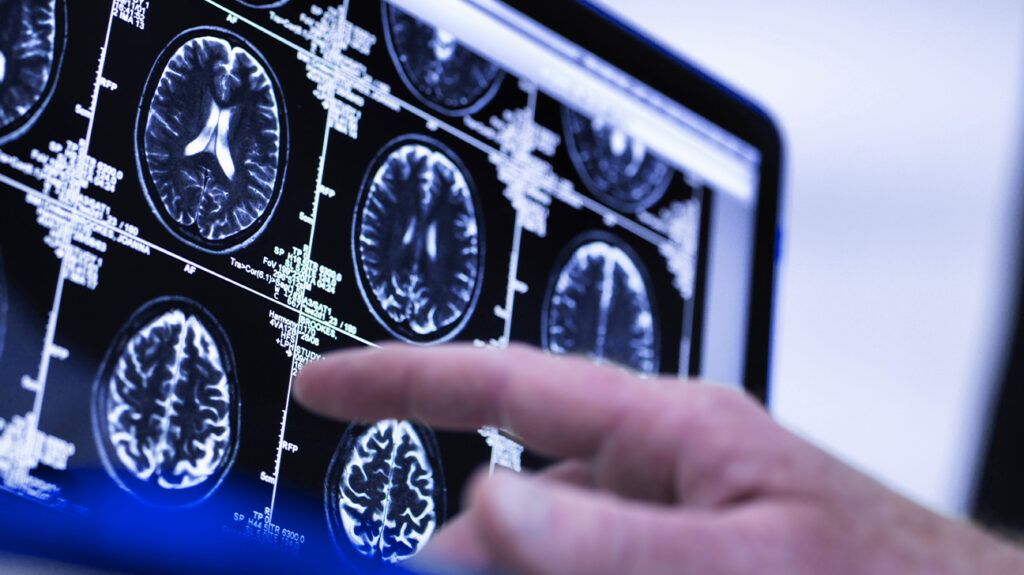Breakthrough Identifies Unique Pathway for Chronic Pain, Paving Way for New Treatments

Scientists have identified a unique neural pathway responsible for chronic pain, opening new avenues for targeted treatments for conditions like fibromyalgia and rheumatoid arthritis.
Recent research has uncovered a distinct physiological pathway responsible for chronic pain, offering new hope for effective therapies. Scientists from the University of Aberdeen, in collaboration with researchers from Taiwan’s Academia Sinica, have demonstrated that chronic pain is processed differently within the nervous system compared to acute pain, such as injuries or muscle soreness.
In their groundbreaking study, published in Science Advances, the team identified a novel pathway that is separate from the mechanisms underlying typical pain sensations. This discovery is considered a paradigm shift in pain science, challenging the long-held dogma that all pain signals are processed through a common route.
Dr. Guy Bewick, a Senior Lecturer in Neurosciences at the University of Aberdeen, explains that traditional pain treatments often fail to address chronic pain effectively because they target the same pathways as acute pain. The new research differentiates between acute ‘sharp’ pain and a persistent form called 'sng' or 'suan tong'—a concept recognized in Eastern medicine for its sour, lingering pain. They found that within the nervous system, chronic pain involves a unique pathway that remains active even when other pain perceptions are diminished or absent.
The scientists discovered that a molecule called glutamate is released in muscles to activate an unusual receptor, which in turn sends chronic pain signals. Blocking this receptor in experimental models effectively stopped the perpetuation of chronic pain, indicating a promising target for future treatments.
This innovative research suggests that therapies designed to block this pathway could provide relief for those suffering from conditions such as fibromyalgia, rheumatoid arthritis, muscular pain after exercise, and chronic post-surgical pain—ailments that are often resistant to conventional pain medications.
Collaborator Professor Chen’s team in Taiwan contributed important findings by demonstrating that excess glutamate activates pain nerves that become permanently active. Notably, a patient with spinal cord injury, who did not perceive standard pain signals but still experienced 'sng,' helped validate that this pathway is independent of traditional pain routes.
Experts like Professor Sonia Aitken of Pain Association Scotland and Dr. Rachael Dobson from Bentley Medical Practice emphasize that this discovery could revolutionize pain management, offering targeted therapies for previously untreatable chronic pain conditions. Ultimately, this breakthrough opens pathways to developing specialized drugs that can specifically inhibit this newly identified pathway, bringing hope to millions worldwide.
For more details, see the full study: Science Advances, 2025. Source: https://medicalxpress.com/news/2025-06-discovery-distinct-pathway-chronic-pain.html
Stay Updated with Mia's Feed
Get the latest health & wellness insights delivered straight to your inbox.
Related Articles
Ozempic Demonstrates Superior Stroke Risk Reduction Compared to Other Diabetes Medications
Semaglutide, marketed as Ozempic, shows a slightly lower risk of stroke compared to empagliflozin in patients with type 2 diabetes, offering promising cardiovascular benefits.
Single Brain Scan Could Predict Risk of Age-Related Conditions Like Dementia
A new MRI-based biomarker, DunedinPACNI, developed by researchers, can predict individual aging rates from a single brain scan at midlife, enabling early intervention for age-related diseases like dementia.
Emphasizing Heart-Lung Interactions in Pulmonary Vascular Disease: A Call for Advanced Research
An editorial calls for increased research focus on the systemic heart-lung interactions in pulmonary vascular disease, emphasizing a holistic approach to understanding and treating this complex condition.
Lower Sleep Durations Increase Risks for Young Adults During Work and Driving
New research from Murdoch University reveals that multiple sleep disorders, insufficient sleep, and shift work significantly increase the risk of accidents among young adults, emphasizing the importance of comprehensive sleep health strategies.



